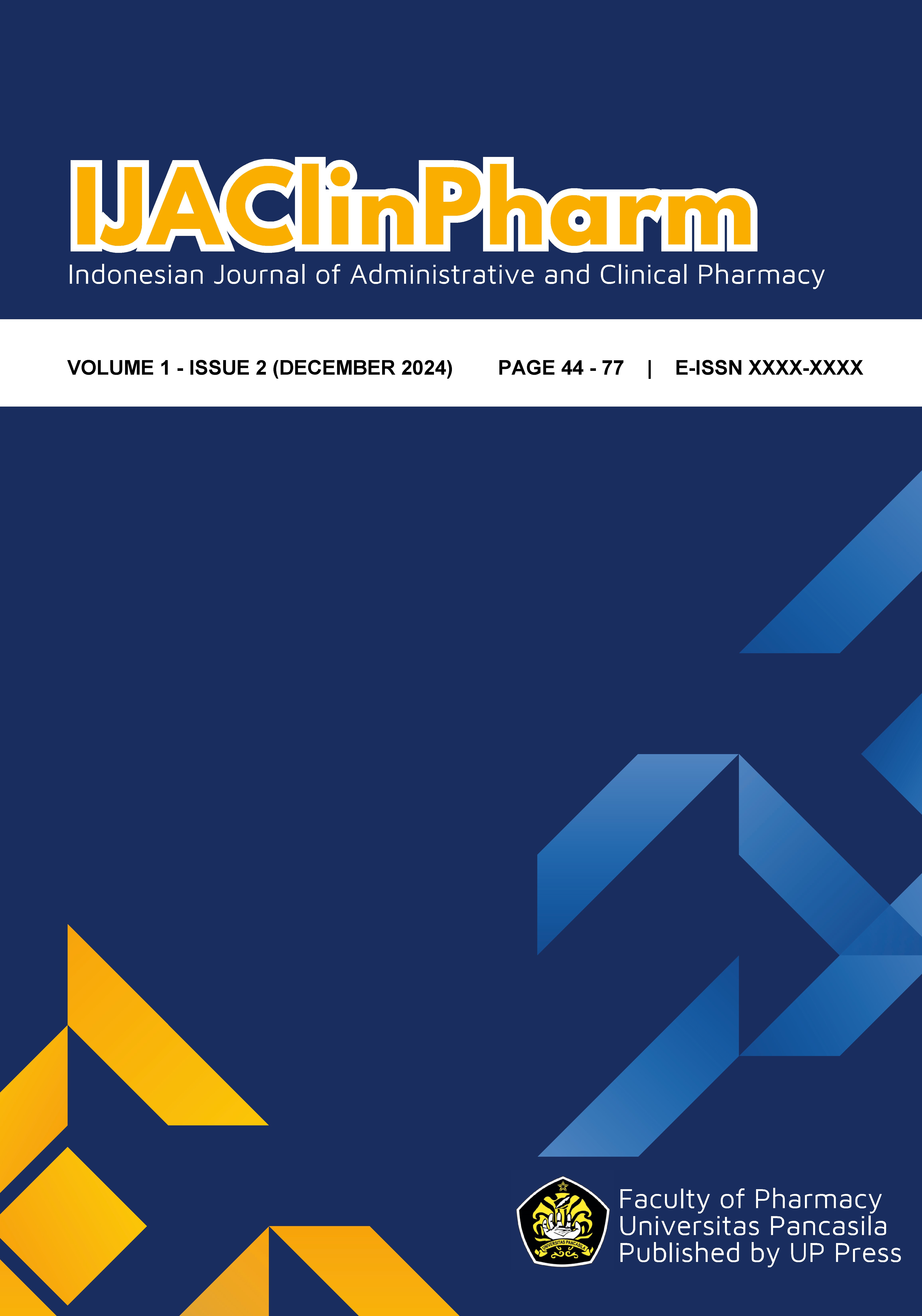Study the Immunology of Asthma: A Review of the Pathophysiology, Biomarkers, and Treatments of Asthma
Main Article Content
Abstract
In addition to varying expiratory airflow limitation, asthma is a diverse disease characterized by a history of respiratory symptoms (such as wheezing, shortness of breath, chest tightness, and coughing) that change over time and in intensity. Later, the restriction of airflow could become permanent. A prevalent condition in both adults and children, asthma has a high global morbidity, death, and economic cost. Now that asthma is acknowledged as a diverse illness, new clinical and laboratory studies have clarified our knowledge of the immunology that underlies the condition. It is now recognized that asthma is a heterogeneous, complex condition with a range of hereditary and environmental components, where focused medicines lead to greater asthma control. Previously, asthma was thought to be a single diagnosis with standardized treatments for all individuals. Physicians may recognize asthma by endotype and develop more specialized and efficient treatment plans to better manage their patient’s asthma by having a better understanding of the immunology of asthma. This comprehensive discussion of asthma immunology describes the causes and biomarkers now used in clinical practice, as well as the most advanced biological and specific treatments for asthma. From the review of this article, it can be concluded that articles were obtained with details of 18 articles containing information on Pathophysiology, Biomarkers, Immunology, and Treatments of Asthma.
Article Details
Section
References
J. E. Fergeson, S. S. Patel, and R. F. Lockey, “Acute asthma, prognosis, and treatment,” Feb. 01, 2017, Mosby Inc. doi: 10.1016/j.jaci.2016.06.054.
Y. Nakamura et al., “Japanese guidelines for adult asthma 2020,” Oct. 01, 2020, Japanese Society of Allergology. doi: 10.1016/j.alit.2020.08.001.
K. Mortimer, H. K. Reddel, P. M. Pitrez, and E. D. Bateman, “Asthma management in low and middle-income countries: the case for change,” European Respiratory Journal, vol. 60, no. 3, Sep. 2022, doi: 10.1183/13993003.03179-2021.
M. Schatz and R. S. Zeiger, “Asthma Guidance: Options for Individualized Care,” Jan. 01, 2022, American Academy of Allergy, Asthma and Immunology. Doi: 10.1016/j.jaip.2021.10.047.
J. W. Mims, “Asthma: Definitions and pathophysiology,” Int Forum Allergy Rhinol, vol. 5, pp. S2–S6, Sep. 2015, doi: 10.1002/alr.21609.
A. L. Devonshire and R. Kumar, “Pediatric asthma: Principles and treatment,” Allergy Asthma Proc, vol. 40, no. 6, pp. 389–392, Nov. 2019, doi: 10.2500/aap.2019.40.4254.
M. D. Gans and T. Gavrilova, “Understanding the immunology of asthma: Pathophysiology, biomarkers, and treatments for asthma endotypes,” Nov. 01, 2020, W.B. Saunders Ltd. doi: 10.1016/j.prrv.2019.08.002.
P. W. Hellings and B. Steelant, “Epithelial barriers in allergy and asthma,” Jun. 01, 2020, Mosby Inc. doi: 10.1016/j.jaci.2020.04.010.
R. L. Miller, M. H. Grayson, and K. Strothman, “Advances in asthma: New understandings of asthma’s natural history, risk factors, underlying mechanisms, and clinical management,” Journal of Allergy and Clinical Immunology, vol. 148, no. 6, pp. 1430–1441, Dec. 2021, doi: 10.1016/j.jaci.2021.10.001.
J. Oppenheimer, F. C. L. Hoyte, W. Phipatanakul, J. Silver, P. Howarth, and N. L. Lugogo, “Allergic and eosinophilic asthma in the era of biomarkers and biologics: similarities, differences, and misconceptions: Similarities, differences, and misconceptions,” Aug. 01, 2022, American College of Allergy, Asthma, and Immunology. doi: 10.1016/j.anai.2022.02.021.
S. Popović-Grle, A. Štajduhar, M. Lampalo, and D. Rnjak, “Biomarkers in different asthma phenotypes,” Jun. 01, 2021, MDPI. Doi: 10.3390/genes12060801.
A. Berry and W. W. Busse, “Biomarkers in asthmatic patients: Has their time come to direct treatment?” Journal of Allergy and Clinical Immunology, vol. 137, no. 5, pp. 1317–1324, May 2016, doi: 10.1016/j.jaci.2016.03.009.
X. C. Wan and P. G. Woodruff, “Biomarkers in Severe Asthma,” Aug. 01, 2016, W.B. Saunders. doi: 10.1016/j.iac.2016.03.004.
L. Bjermer et al., “Current evidence and future research need for FeNO measurement in respiratory diseases,” 2014, W.B. Saunders Ltd. doi: 10.1016/j.rmed.2014.02.005.
N. Syabbalo, “Biomarkers for Diagnosis and Management of Eosinophilic Asthma,” 2020.
H. K. Reddel et al., “GINA 2019: a fundamental change in asthma management: Treatment of asthma with short-acting bronchodilators alone is no longer recommended for adults and adolescents,” Jun. 01, 2019, NLM (Medline). Doi: 10.1183/13993003.01046-2019.
H. K. Reddel, E. D. Bateman, M. Schatz, J. A. Krishnan, and M. M. Cloutier, “A Practical Guide to Implementing SMART in Asthma Management,” Jan. 01, 2022, American Academy of Allergy, Asthma, and Immunology. Doi: 10.1016/j.jaip.2021.10.011.
I. Agache et al., “Advances and highlights in asthma in 2021,” Nov. 01, 2021, John Wiley and Sons Inc. doi: 10.1111/all.15054.

